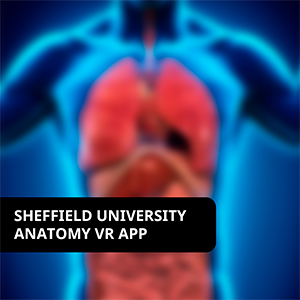Virtual reality (VR) is a powerful technology that has the potential to transform education by creating immersive and engaging learning experiences. At Sheffield University, a team of researchers has developed a VR for University education solution that allows students to explore the human ear in microscopic detail.
In this VR scenario, users can change their size to microscopic and fly on a micro spaceship into the human ear. They can explore the different parts of the ear and learn how they work together to help us hear. This innovative approach to education is helping to revolutionize the way we learn about complex subjects like human anatomy.
The human ear is a complex organ that is responsible for our sense of hearing. It is made up of three parts: the outer ear, middle ear, and inner ear. Each part plays a crucial role in transmitting sound waves from the environment to the brain, where they are interpreted as sound.
Using VR technology, students can explore the different parts of the ear in microscopic detail. They can see how sound waves enter the ear through the outer ear and are amplified by the middle ear before being transmitted to the inner ear. They can also see how the inner ear contains tiny hair cells that are responsible for converting sound waves into electrical signals that are sent to the brain.
This VR scenario is not only educational, but it is also engaging and fun. By using VR technology, students can immerse themselves in the learning experience and feel like they are actually exploring the human ear. This makes the learning experience more memorable and impactful.
The benefits of using VR technology in education are numerous. It allows students to explore complex concepts in a way that is both visual and interactive. It also helps students to retain information better, as they are more engaged and invested in the learning process.
At Sheffield University, the team behind this VR solution is working on developing more scenarios that allow students to explore other parts of the body in microscopic detail. They are also exploring ways to integrate this technology into other subjects, such as physics and chemistry.

